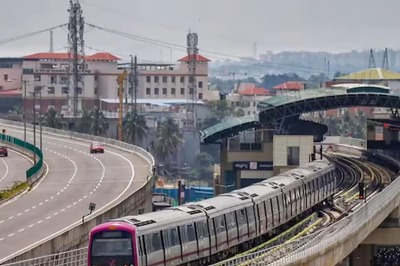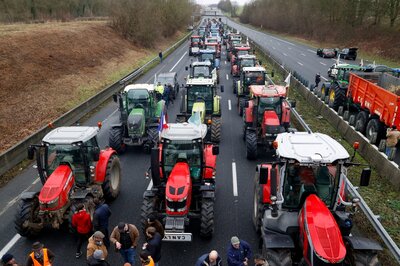
views
Fangane: Aajibaichi Shaala is not your ordinary school in India.
The students at "grandmothers' school" in the village of Fangane are elderly women who are getting the chance to learn to read.
India's literacy rate grew to 74 percent in the decade to 2011, according to the latest census, but female literacy continued to lag the rate for males by a wide margin.
About 65 percent of women were found to be literate, compared with 82 percent of men, according to the 2011 report.
Education experts and researchers have cited outdated attitudes toward women, including a preference for male children over females, and child marriages as main reasons for the lower female literacy rate.
At Aajibaichi, afternoon classes in the one-room school are held six days a week for two hours. The lessons are timed so the women can finish their chores, or their work in the fields, before attending class.
One of the few requirements is that all students are at least 60 years old.
"My knees hurt, so I can't sit on the floor for long. That's the only problem. But I still go every day," said Keshavtupange.
Clad in pink saris, their school uniform, the women walk every afternoon along dusty village paths to their lessons.
"First I finish all my house work, then I go to school. It's good we have this in our village,” said 70-year-old Drupada Pandurangkedar. Her eight-year-old granddaughter studies in the government primary school in Fangane.
The school uses teaching aids such as the alphabet painted on tiles which can be read by students with poor eyesight. Many of the aids are made by the students.
Sheetal Prakash More, their 30-year-old teacher, said she would like to see women in other villages get the same access to education.


















Comments
0 comment